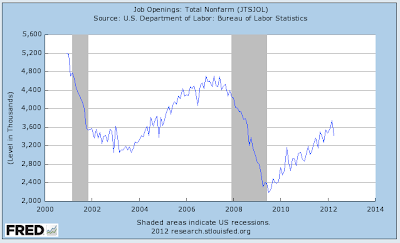To
close out the month and the first half of 2012, I thought that I'd close on a
bit of a "lighter" note, particularly as we are entering the summer
bathing suit season. You'll see, as you read on, my very weak use of a pun in
the opening sentence.
A
research article entitled "The weight of nations: and estimation
of adult human biomass" estimates the world's human biomass, how it is
distributed across the globe and how much of the human biomass is due to
obesity. For those of you without a science background, biomass is defined as "the total mass
of organisms in a given area or volume". In this case, the authors
of the study looked at the total mass (weight) of human organisms on earth.
For
each country, the authors of the research paper used data on body mass index
(BMI) and height distribution from the World Health Organization to calculate
the average adult body mass which was then multiplied by the population (using
2005 population data) to get the total human biomass. Because height and
BMI data was not available for some countries, approximately 40.7 million
adults were excluded from the study, a rather insignificant omission
considering the world’s total population. The authors also estimated the
percentage of the population that is both overweight and obese and how much of
the global biomass results from obesity.
Scientists
know that humans require more energy to move a heavier body. As well,
when humans are at rest, energy requirements increase with body mass due to an
increase in metabolic activity. The authors note that there is an
increase in global demand for food arising from an increase in body mass and
that this contributes to higher food prices.
Now,
let's look at the results. In 2005, the total human biomass was
approximately 287 million tonnes with average global body mass of 62 kilograms
or 137 pounds. Biomass due to overweight humans (5 percent of the
population) was 15 million tonnes, the equivalent of 242 million people of
average body mass. Biomass due to obesity (1.2 percent of the population)
was 3.5 million tonnes, the equivalent of 56 million people of average body
mass.
Which
area of the world had the highest body mass? North Americans have an
average body mass of 80.7 kg (178 pounds) with more than 70 percent of the
population being overweight. It only takes 12 adult North Americans to
make up one tonne of human biomass. North America has 6 percent of the
world's population but 34 percent of the world's total biomass due to obesity!
Which
area of the world had the lowest body mass? Asians have an average body
mass of 57.7 kg (127 pounds). It takes 17 adult Asians to make up one
tonne of human biomass. Asia has 61 percent of the world's population
by only 13 percent of the world's human biomass due to obesity.
Here
is an interesting table showing the heaviest and lightest 10 nations:
Japan
has an average BMI of 22.9. If all nations in the world shared this BMI,
the total human biomass would fall by 14.6 million tonnes or 5 percent of the
total. As a result, the biomass due to obesity would fall by 93 percent.
The United States has an average BMI of 28.7. If all the nations in the
world shared this same BMI, the total human biomass would rise by 58 million
tonnes, a 20 percent increase. As a result, the world's biomass due to
obesity would increase an astonishing 434 percent and would result in an
increase in energy requirement (i.e. food) equivalent to that consumed by 473
million adults.
Why is any of this relevant? The authors suggest that
increasing human biomass will have important implications for global resource
and food requirements and will ultimately impact the world's ecology since food
production goes hand-in-hand with carbon emissions. As well, the authors
note that since the world's average BMI is rising, the impact on the world's
food resources could become critical in the future.









































